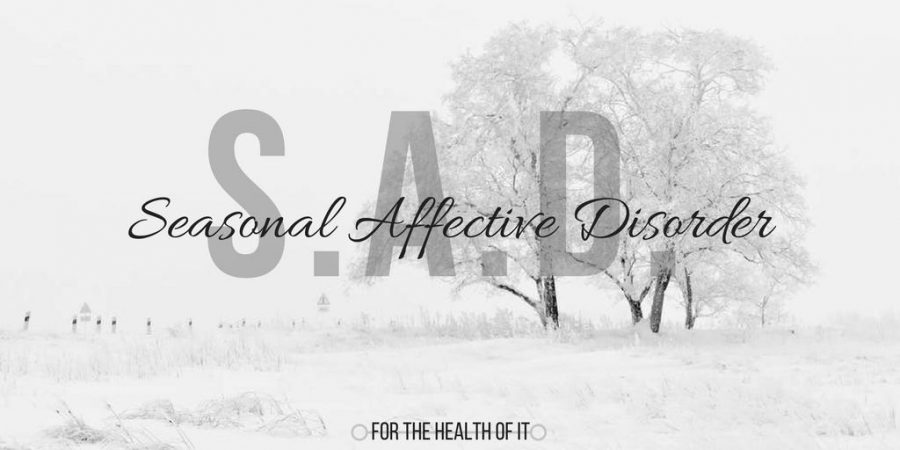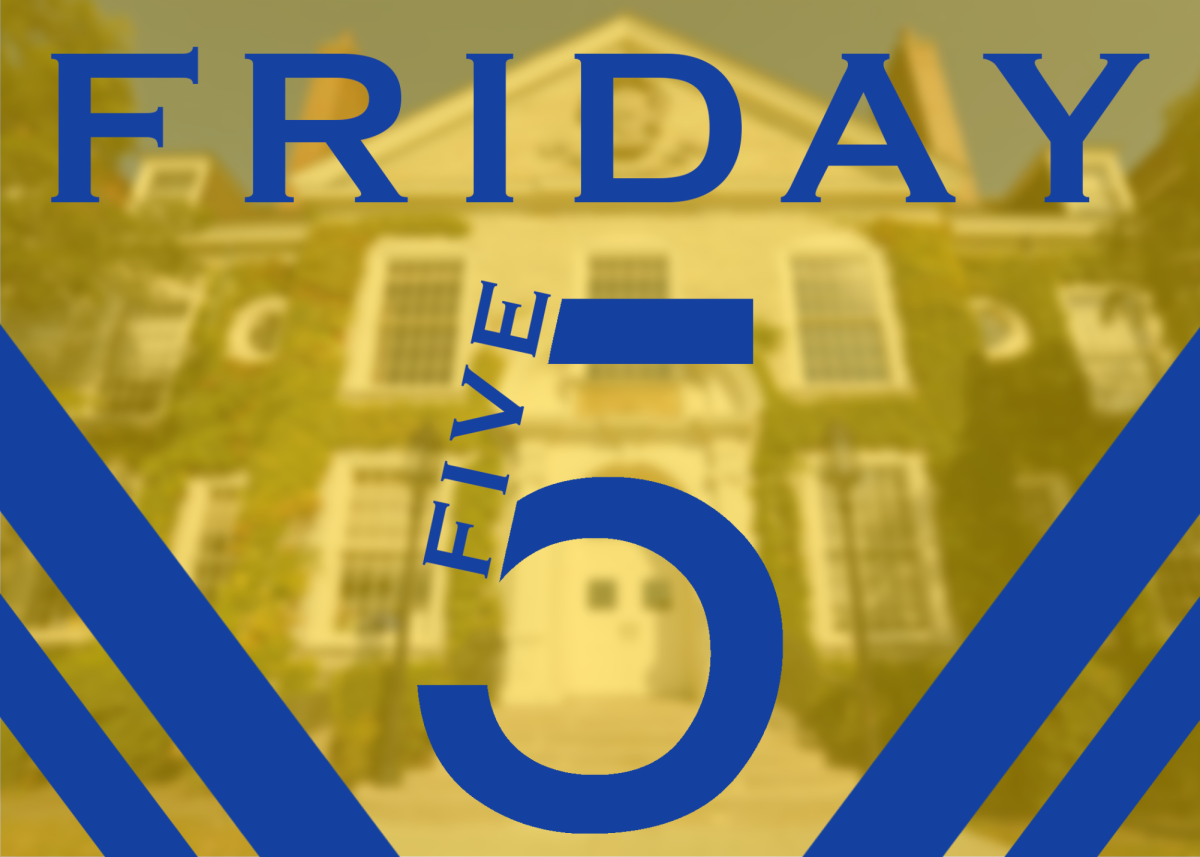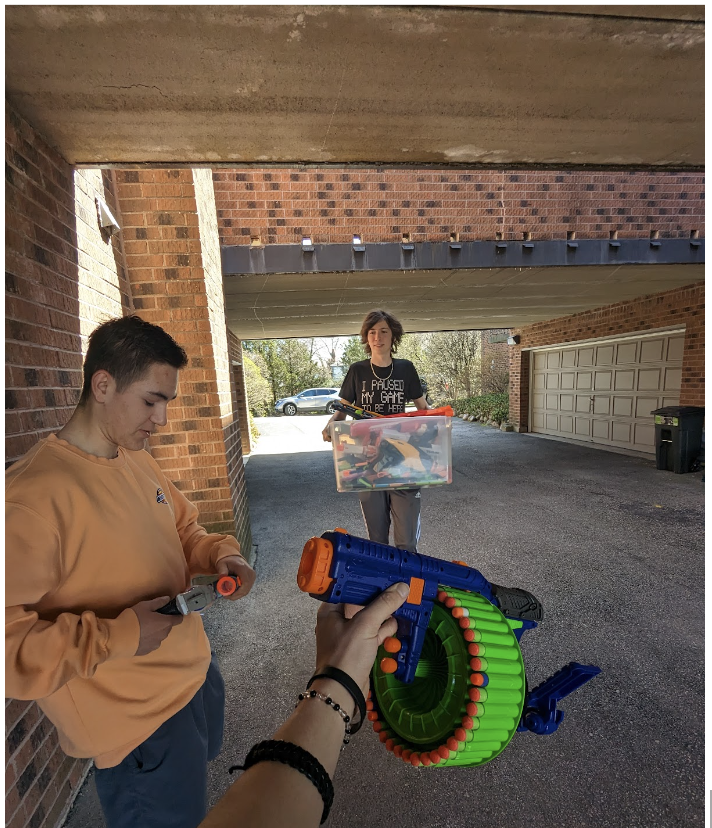Oh, November. As our days become shorter, nights become longer, and thermostats begin to drop, it is common for people to come down with a case of the “winter blues.” However, these so-called “winter blues” aren’t just a coincidence.
Between four and six percent of people in the United States suffer from Seasonal Affective Disorder, and another 10 to 20 percent may experience it in a milder form. It is more common in women than men, as 80% of those affected are female and 20% male. Seasonal Affective disorder is a form of depression, which we ironically refer to as SAD.
Most commonly, people will begin to experience the symptoms of SAD right around the time the clocks change in November, and further into the winter season. However, there are instances where people will experience this form of depression through the Spring and Summer seasons instead. It makes perfect sense that as the ratio of dark to light hours in our day begins to shift and we spend more time in the dark, our circadian rhythm gets all out of whack.
Our circadian rhythm is controlled by the SCN (suprachiasmatic nucleus) by taking cues from the eyes about the level of lightness or darkness that you are in. These messages are then sent to the pineal gland in the brain, the main location responsible for releasing melatonin — the main hormone which helps us sleep. Additionally, serotonin, the chemical in your brain that keeps you feeling good naturally begins to lower in the winter season for the same reason — there are fewer hours of light.
5% of Americans experience SAD each year. Interestingly enough, 1.4% of people located in Florida, 9.9% of people located in Alaska are affected by seasonal depression, whereas only 1.4% of people are affected in Florida. This goes to show that latitude can make a big difference.
The general symptoms of SAD are similar to those of any other form of depression which may start out mild and become more severe as the season progresses. This may include feeling depressed nearly every day for most of the day, losing interest in activities, low energy, sleeping disturbances, change in appetite, feeling sluggish or worthless, and having difficulty concentrating. Winter-onset SAD may more specifically include symptoms such as oversleeping, appetite changes, especially craving foods high in carbohydrates, weight gain, and tiredness or low energy.
Of course, it’s completely normal to have days when you feel more down than usual, however, if your symptoms persist, it is a good idea to perform an assessment and receive a diagnosis.
There are a few different treatment options that doctors typically recommend. One of which involves getting a bright white light and sitting in front of it, just a couple feet away for a half hour in the morning. You don’t have to look at it, just sit next to it while you read your morning paper, apply your full face of makeup, or sip on a cup of coffee. Medication can also be utilized in more serious cases. SSRIs are a class of drugs that may keep more serotonin in your synapses, helping to relieve the symptoms that the darker season triggers. Psychotherapy is also an effective method of treatment, however, none of these options are a sure bet. Like any other treatment, some are better in combination, and the most effective method(s) can vary greatly from person to person.
Less severe cases of SAD, where seasonal mood changes occur without depression also offer a few methods to lower those feeling of the “winter blues.” Light therapy, and increasing your exposure to natural light can make a significant difference. However, natural light can be difficult to monitor and keep up with a consistent intake. Exercise is viewed as more of a preventative measure, so a trip to the gym every so often is never a bad idea.
Particularly for high school students headed off to college, it is important that you monitor your seasonal emotional habits carefully, and consciously select a location that is going to benefit your mental health because as I said before, latitude makes a big difference. So, rather than toughing through that seasonal funk you experience every time winter rolls around, don’t brush it off. Seasonal Affective Disorder can seriously put a damper on your mood, so take the steps to stabilize your motivation and get yourself onto the brighter side of things.












